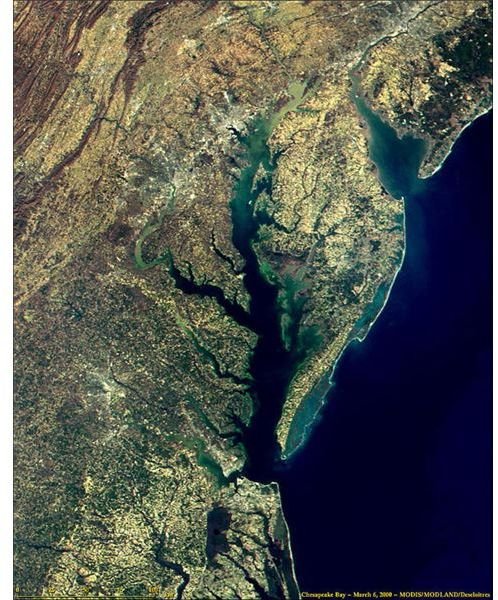The Eutrophication of Estuaries is a Serious Environmental Issue- Understand the Problem
Eutrophication of Estuaries
Eutrophication is a condition in which a harmful overabundance of nutrients in the water causes a disruption of the ecological balance of ecosystems. A primary cause of eutrophication is runoff of chemical fertilizers containing large amounts of nitrogen and phosphorus. These chemicals contaminate groundwater and are carried downstream in rivers and streams to accumulate in estuaries and other marine ecosystems.
Estuaries are coastal areas where fresh water from rivers and streams mixes with salt water. They are often sheltered or partially enclosed areas such as bays. Since estuaries are often located at the mouths of rivers, they are particularly vulnerable to eutrophication caused by runoff containing fertilizer and other pollutants.
A study by the National Oceanic and Atmospheric Association (NOAA) reported that 44 estuaries in the United States have high levels of eutrophication, and another 40 estuaries have moderate levels. Eutrophic conditions are most common in the Gulf of Mexico and along the coast of the Middle Atlantic. Some examples of estuaries where eutrophication is prevalent are the Chesapeake Bay, Tampa Bay, and the coral reefs of Honokowai, Hawaii.
Environmental Problems Caused by Eutrophication of Estuaries
- Harmful algal blooms; when nutrients such as nitrogen and phosphorus increase to high levels in the water of estuaries, it stimulates excessive growth of plants and microorganisms such as phytoplankton or algae. Overgrowth of algae, known as harmful algal blooms or red tides, creates many detrimental conditions in estuarian ecosystems. Some types of algae are toxic and can kill fish or accumulate and move up the food chain, causing illness or death. Overgrowth of non-toxic algae and seaweed can also cause harm by clogging the surface of the water, decreasing availability of sunlight to underwater plants, preventing fish and marine animals from gaining access to food, and choking out plant and animal species.
- Dead zones- algal blooms create large quantities of biomass, which then sinks and is consumed by bacteria. As they decompose the algae, the metabolic processes of the bacteria remove dissolved oxygen from the water, creating hypoxic (low oxygen) or anoxic (no oxygen) conditions. Fish and other marine organisms cannot survive in these dead zones, and those that are unable to move out of the area will suffocate and die.
- Loss of species diversity; harmful algal blooms, dead zones, and other negative effects of eutrophication of estuaries causes these regions to become uninhabitable for many species, resulting in a decrease of species diversity.
- Economic effects; harmful algal blooms negatively impact fishing, tourism, and other activities that draw people to estuaries and coastal recreational areas, as well as rendering seafood inedible, resulting in economic losses.
Proposed steps to protect estuaries from further damage by eutrophication include improving agricultural techniques to minimize the amount of fertilizers that are washed downstream into estuaries, improving waste disposal techniques, restoring wetlands as buffer zones, and developing methods to decrease the amount of nutrients in estuary waters.
Sources
Andrew R. Solow, “Red Tides and Dead Zones,” Oceanus Magazine, Woods Hole Oceanographic Institution.
James E. Cloern and Timothy Krantz, “Eutrophication,” The Encyclopedia of Earth
Image Credit, NASA, Wikimedia Commons
